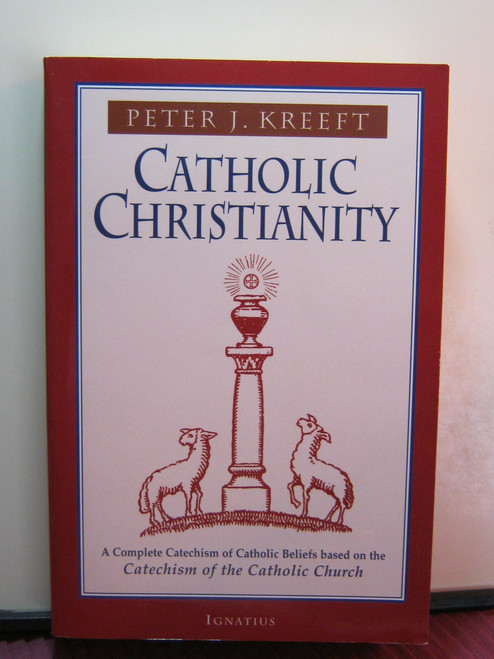An absolutely essential addition to the history of the Catholic Church, whose involvement in New World slavery sustained the Church and, thereby, helped to entrench enslavement in American society.Annette Gordon-Reed, Pulitzer Prizewinning author of The Hemingses of Monticello and On Juneteenth New York Times Book Review Editors Choice Longlisted for the Andrew Carnegie Medal A BEST BOOK OF THE YEAR: The New Yorker, The New York Times Book Review, The Washington Post, Time, Chicago Public Library, Kirkus Reviews In 1838, a group of Americas most prominent Catholic priests sold 272 enslaved people to save their largest mission project, what is now Georgetown University. In this groundbreaking account, journalist, author, and professor Rachel L. Swarns follows one family through nearly two centuries of indentured servitude and enslavement to uncover the harrowing origin story of the Catholic Church in the United States. Through the saga of the Mahoney family, Swarns illustrates how the Church relied on slave labor and slave sales to sustain its operations and to help finance its expansion. The story begins with Ann Joice, a free Black woman and the matriarch of the Mahoney family. Joice sailed to Maryland in the late 1600s as an indentured servant, but her contract was burned and her freedom stolen. Her descendants, who were enslaved by Jesuit priests, passed down the story of that broken promise for centuries. One of those descendants, Harry Mahoney, saved lives and the churchs money in the War of 1812, but his children, including Louisa and Anna, were put up for sale in 1838. One daughter managed to escape, but the other was sold and shipped to Louisiana. Their descendants would remain apart until Rachel Swarnss reporting in The New York Times finally reunited them. They would go on to join other GU272 descendants who pressed Georgetown and the Catholic Church to make amends, prodding the institutions to break new ground in the movement for reparations and reconciliation in America. Swarnss journalism has already started a national conversation about universities with ties to slavery. The 272 tells an even bigger story, not only demonstrating how slavery fueled the growth of the American Catholic Church but also shining a light on the enslaved people whose forced labor helped to build the largest religious denomination in the nation.
The 272: The Families Who Were Enslaved and Sold to Build the American Catholic Church
MSRP:
Was:
Now:
$24.15 - $46.00
(You save
)
(No reviews yet)
Write a Review

Write a Review

The 272: The Families Who Were Enslaved and Sold to Build the American Catholic Church
- SKU:
- UPC:
- 9780399590863
- Maximum Purchase:
- 2 units
- Binding:
- Hardcover
- Publication Date:
- 6/13/2023
- Release Date:
- 6/13/2023
- Author:
- Swarns, Rachel L.
- Language:
- English: Published; English: Original Language; English
- Pages:
- 352

The Way We Never Were: American Families And The Nostalgia Trap
MSRP:
Was:
Now:
$12.22 - $37.32

Family Wisdom from the Monk Who Sold His Ferrari
MSRP:
Was:
Now:
$26.47 - $36.72

Liturgical Press
Rites of the Catholic Church (Rites of the Catholic Church, Vol. 2)
MSRP:
Was:
Now:
$21.07 - $56.43

Ignatius Press
Catholic Christianity: A Complete Catechism of Catholic Church Beliefs Based on the Catechism of the Catholic Church
MSRP:
Was:
Now:
$12.76 - $31.37

Welcome to the Catholic Church
MSRP:
Was:
Now:
$37.19 - $300.00
!




